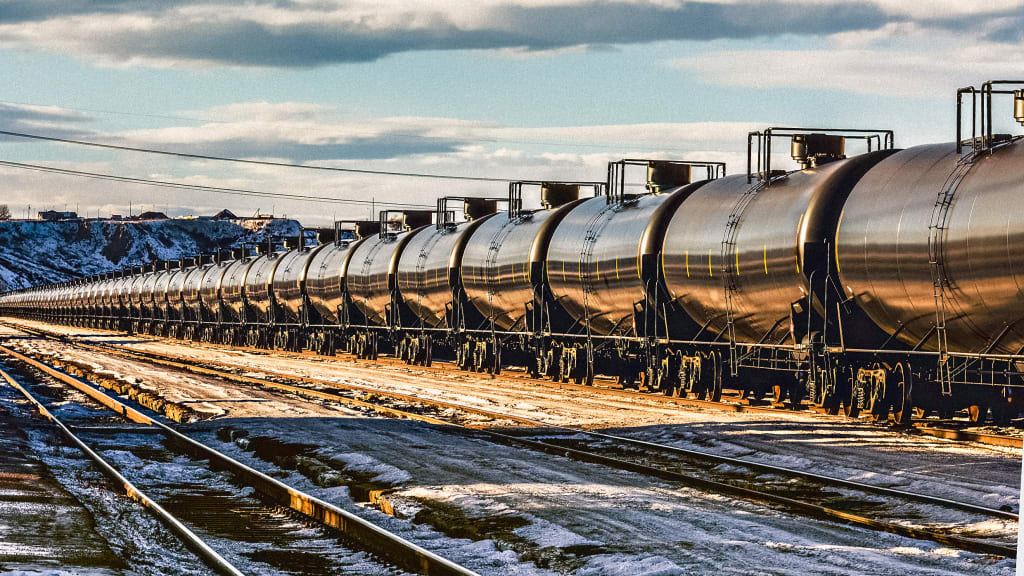- The Price Pulse
- Posts
- Wait, that can't be right
Wait, that can't be right
The hidden pricing factor costing you thousands per month
Every week, you get clear, actionable reporting that shows where to find better prices for your production.

Hey there,
There are a few main factors affecting your upstream oil prices:
Quality
Location
Transportation
But is that really everything?
If that were true, you should be able to match your production characteristics to other producers and they’d have the same price, right?
Right.
But that’s not the case.
The existence of Barrel Hub proves it (subscribers wouldn’t be making money with our product if purchasers priced all production evenly).
So what are we missing?
Why can purchasers price the same oil differently?
How is it possible that there are people -$3, -$4, and -$5 a barrel down off the top of the county for what should be the same barrel of oil?
Well, we could spend 40 pages doing an in-depth analysis of why this might be the case.
Or I could give you the punch line:
Because they can.
The upstream oil market suffers from extreme information assymetry.
Purchasers buying from 5 different producers know the price they’re giving each producer.
The 5 producers don’t.
Think about it.
If the purchaser published a monthly newsletter showing how there is a -$2/bbl gap between producer A and producer B for the same barrels, how long do you think that would fly?
It wouldn’t.
But it does because producers are unequipped to deal with this situation.
Instead, they rely on friendships, partnerships, and trust to secure the best price.
If someone can trade with you at a price that’s favorable to them and unfavorable to you, they’re going to do it.
So how do you prevent this?
You close the information gap.
More data please
If you’re going to be more competitive, you first need to know every Texas producer’s $/bbl.
Which means you’re either going to have to convince every producer in Texas to give you their purchasing agreements or find a source of data for this information.
Let’s assume you’re a sane person and go with the second option.
You’ve got your hands on the data source and you’re ready to analyze it.
Here’s what you need to do:
Setup infrastructure to house this data
Create a reliable ETL (extract, transform, load) job that takes this data from it’s source system into your own server in a format that is useful for analysis
Have your team of analysts sift through this data for a few days every month to find the best opportunities possible.
Or you could call Barrel Hub because we do all of the above and more.
Which means the only work you have to do is review our monthly opportunity analysis, pick up the phone, and make some money (like all of our clients do).
Fight, fight, fight
Pulling oil out of the ground isn’t for the faint of heart.
Millions of dollars spent.
Thousands of hours spent.
And that doesn’t guarantee you get anything out of it.
Yet, producers choose to blindly accept pricing agreements without having comprehensive, accurate upstream market data to evaluate their terms against.
Talk about an unfair fight.
But it doesn’t have to be that way - Barrel Hub clients are making back more than they ever thought possible for one reason:
They have all the data they need to find their best price.
Not a purchaser’s supposed best price.
The best available price on the market for their production.
If you’re not a current Barrel Hub subscriber and want that same confidence, shoot me an email for a free pricing assessment.
Talk later,
Taylor





Reply